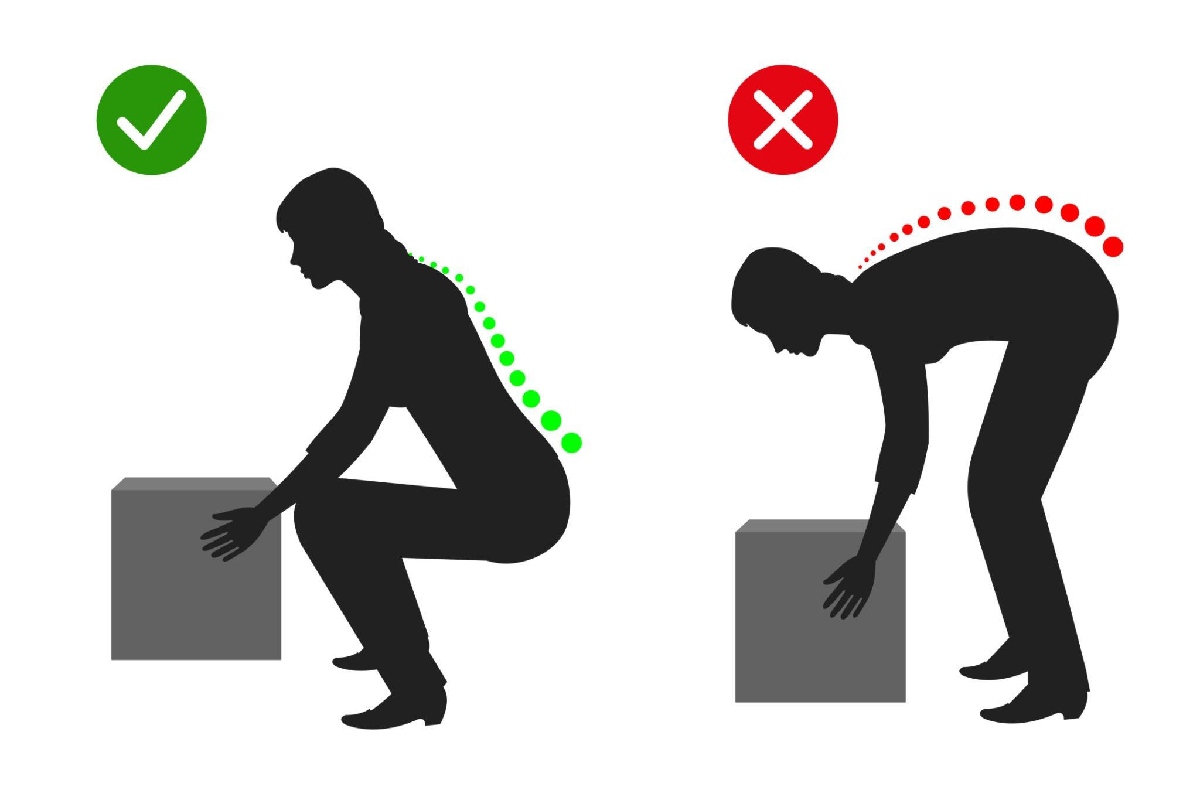Safety to Spines – Both companies and employees must prioritize maintaining a secure and healthy work environment. Organizations may increase productivity, lower absenteeism, and promote a healthy workplace culture by putting employee well-being first.
In this article, we’ll look at the importance of First Aid and CPR certification, explain the advantages and uses of back posture corrector equipment to support better spine health, and highlight typical reasons why workers have back discomfort.
Certification in CPR and first aid for Safety to Spines:
First aid and CPR Certification are essential for job safety. These credentials give people the abilities and information they need to react appropriately to medical emergencies. Numerous areas are covered in first aid training, such as fracture stabilization, burn management, and wound care. Employees are given the authority to offer urgent assistance until emergency medical care comes. On the other side, obtaining a CPR certification teaches the skills necessary to revive someone who has suffered a cardiac arrest.
Certification in first aid and CPR has many advantages. Organizations may drastically cut the reaction time during emergencies by having qualified workers on-site, perhaps saving lives. Additionally, personnel who have received First Aid certification and CPR training feel more confident in their abilities to manage urgent circumstances, which promotes a secure work environment.
Reasons for Back Pain in Workers:
Back discomfort is a common problem that affects workers in a variety of occupations. Organizations may increase employee well-being and implement preventive measures by having a better understanding of the causes. Back discomfort has a number of typical causes, including:
Poor Posture: For prolonged periods, sitting or standing in the wrong position can strain the back’s muscles and ligaments, resulting in pain and discomfort.
Repetitive Movements: Lifting, bending, and repeatedly twisting without using good technique or taking pauses puts stress on the back muscles and raises the chance of injury.
Sedentary lifestyle: Sitting for extended periods of time and a lack of exercise can weaken the back muscles, leaving them more prone to pain and injury.
Lifting Heavy Things: Lifting heavy things improperly can put undue strain on the back, resulting in muscular sprains, herniated discs, and other problems.
High levels of stress can exacerbate current back problems or lead to the development of new ones by causing muscle tension and greater sensitivity to pain.
Using tools to correct back posture:
Many workers use back posture corrector gadgets to address and relieve back discomfort. These devices are intended to encourage appropriate spinal alignment, enhance posture, and ease muscular stress. Typical back posture correctors include the following:
Posture braces: These visible aids encourage a more upright posture by supporting the upper back and shoulders. They are especially helpful for those who work or sit for lengthy periods of time at a desk.
Investing in ergonomic seats with lumbar support can assist in maintaining the spine’s natural curve, relieving stress on the back muscles.
Standing Desks: These workstations that can be adjusted to either a sitting or a standing position allow employees to change positions often, eliminating lengthy periods of poor posture and promoting healthier spinal alignment.
Exercise and stretching: Consistent core strengthening and flexibility exercises that target the back muscles can help lower the risk of back discomfort.
Safety to Spines – A productive and encouraging work environment must prioritize the health and safety of its employees. Organizations can respond to catastrophes successfully by requiring staff to be certified in first aid and CPR. Additionally, alleviating suffering, enhancing spinal health, and enhancing general well-being can be achieved by treating the causes of back pain and encouraging the use of back posture corrector equipment. Employers show their dedication to the welfare of their staff by adopting proactive measures to maintain a safe and healthy workplace.

